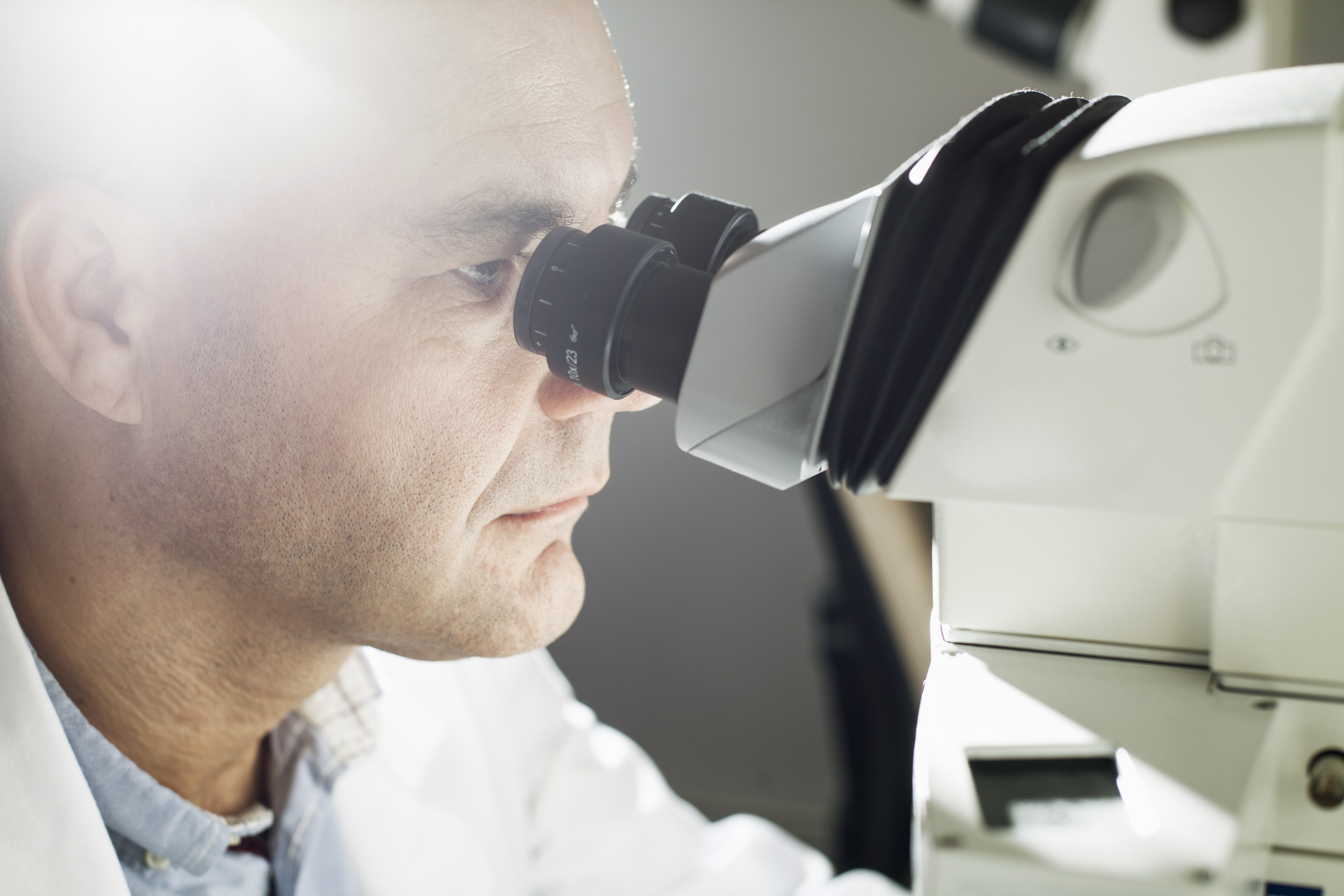Qiagen – Detection and Surveillance of Antibiotic Resistance Genes From Food and Fertilizer Sources Using qPCR Technology


Health needs
One potential way to acquire antibiotic resistance genes is through the food supply chain. Both livestock and feed may acquire antibiotic resistant bacteria via different mechanisms. Foodstuffs can be exposed to antibiotic resistant bacteria through fertilizer originating from waste-water treatment plants. This, in addition to increasing administration of antibiotics to livestock, can lead to food being a potential source of antibiotic resistance genes. This may lead to horizontal gene transfer to pathogenic enteropathogens and further to drug resistance in humans. Therefore, the surveillance and prevention of antibiotic resistance genes in food is important.
Initiative’s objective
To effectively combat the spread of difficult-to-treat bacterial infections, rapid surveillance methods to detect antibiotic resistance genes are required; in order to monitor both bacterial isolates and metagenomic samples.
Initiative’s description
Since the gut is known to act as a reservoir for antibiotic resistance genes, a small-scale research study was performed on 5 stool samples isolated from healthy human adults using an antibiotic resistance gene identification PCR array. In addition, the diversity of antibiotic resistance genes in municipal biosolids was determined using an Antibiotic Resistance Genes Microbial DNA qPCR Array with DNA extracted from belt-filter, press-cake sewage samples.
Lessons for success
22 antibiotic resistance genes were identified from different resistance classifications. Further studies were performed in beef, chicken, vegetable and pork samples. In conclusion, PCR arrays can be effective tools for detection of antibiotic resistance genes from food samples and potential fertilizer sources.
